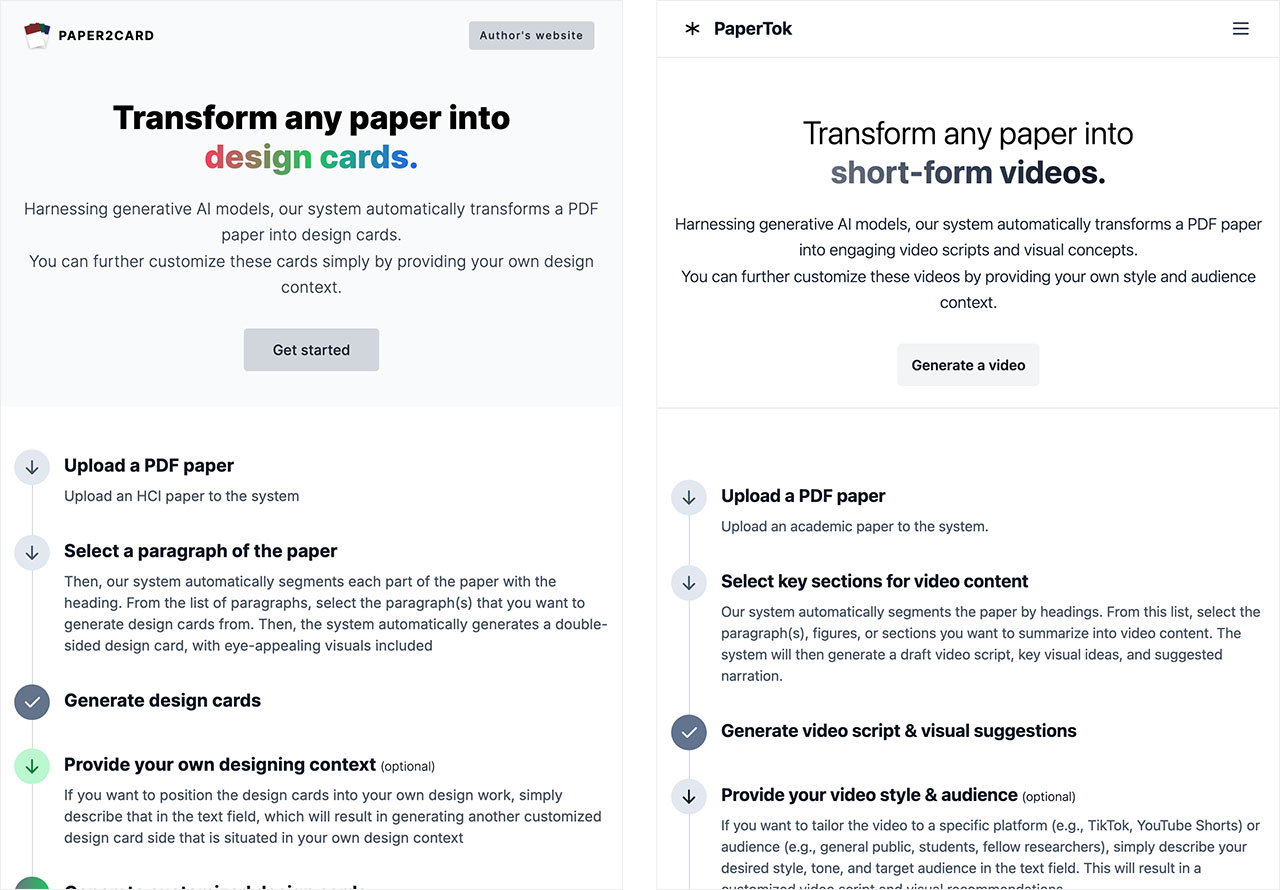Fun
PhD flight log
Loading..
Friends of Donghoon
Research is a team sport, and I've been lucky to have an all-star team of friends and collaborators inspiring me along the way (some are now senior enough that "friend" feels too casual, but you get the idea).
From SNU to UW, my work has been always built on their support, and I wanted to give a few special shout-outs:
-
Jaewook Lee (UW): My go-to for emotional support, invaluable career + technical HCI advice, and, most importantly, a top-tier drinking buddy. Thanks for keeping me sane through it all.
-
Youjin Hwang (Samsung): My OG research partner 1 and part of the SNU dream team! She paved the way for my work in healthcare and taught me how to run a full-cycle research project from start to finish. Her creativity and perspective were invaluable, and I cherish the time we spent working together.
-
Soomin Kim (Samsung): My OG research partner 2 and a pioneer in chatbot research (imagine you're hard-coding LLM responses.. and we did it back then). I learned basically everything I know about running chatbot studies from her. Our projects were some of the most fun I've ever had, and we had an undefeated record... our work never got rejected! (fact-check pls)
-
Gloria Guo (UW): An amazing collaborator whose constant encouragement and camaraderie made the tough days at UW not just bearable, but genuinely fun. You'll be amazed at her incredible system-building skills. (prospective PhD advisors: hire her!)
-
Daniel Lee (Adobe): He reached out to me during my first week at my Adobe Research internship (at first I was like.. why me?) and has been a huge inspiration for my work in LLM interaction ever since. Our collaboration on PosterMate and ThematicPlane for UIST was an absolute blast.
-
Lucas Colusso (Microsoft): He's like a semi-academic dad to me, paving the way for my research into translational science for designers using generative AI. My Paper2Card project was basically a sequel to his foundational work.
-
Alex Chen (UW): A fantastic collaborator who is a wizard at both design and code. Working with him was effortless and made our project so much better.
-
Alice Gao (UW): Her computer vision background is like a secret weapon! They make tackling tricky UI problems way easier, and I could easily get to build cooler, more useful systems for building translational artifacts.
-
Changhoon Oh (Yonsei): A brilliant and dependable collaborator from my early days. His pioneering work in human-AI interaction was a major inspiration for my own research on HAI systems.
Why monochrome?
Some of you may have noticed that my entire website, and most of my design work, is in grayscale. This isn't just a coincidence; even my wardrobe is surprisingly monochrome. It's intentional.
That's because, one lesson I learned early on as an amateur designer is -- unless you're a genius with color, it's often better not to use it at all. Then my question gets:
Am I skilled enough to impress my audience solely with color? Probably not.
Am I skilled enough to ensure my design won't introduce any additional redundancies? Probably yes.
This is likely true for most people, and it can even reduce the time spent considering too many design factors -- especially for those with agile workflows, like system HCI researchers like myself. If that's the case, trust me -- simply keeping your design monochrome, ideally in black and white, can significantly improve its mood.

Grayscale designs often achieve the same or better level of visual appeal as well-colored ones, with significantly less time and effort.
But what if you have to use color -- say, your branding requires it? In those cases, I usually limit the value (in HSV terms) to below 30%. In other words, I keep the colors as dark as possible. That way, I can stay true to the branding without sacrificing the sleek, minimal style.
Still, I would try my best to stick with a fully grayscaled style; technically, that means setting saturation to 0% in HSV. This way, the focus stays on the content itself, not on potentially questionable color choices.

Donghoon's mental model